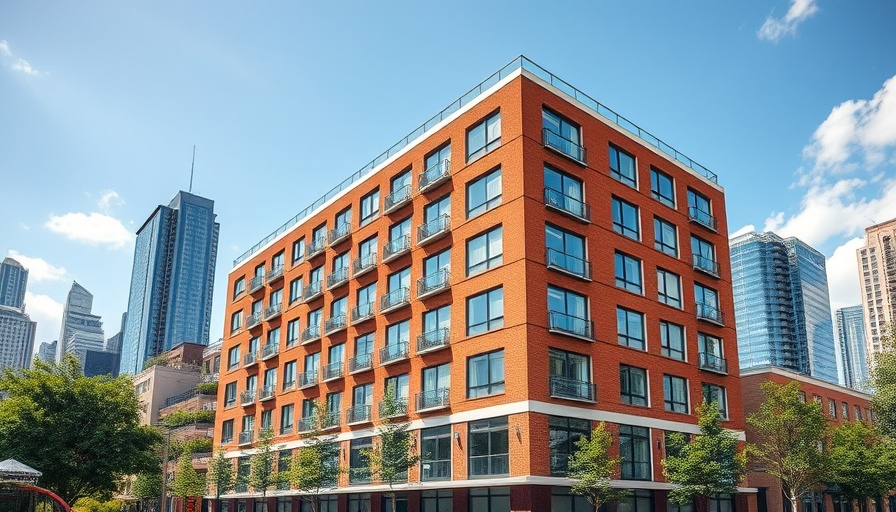
Transforming London: The Shift from Office to Co-Living Spaces
A major transformation is underway in London's Aldgate area as HUB, in collaboration with Bridges Fund Management, has received planning approval for a significant office-to-residential conversion project. This ambitious scheme, known as the Assemblies, will redefine the use of urban space by transforming a 1950s office block at 150 Minories into 277 co-living homes tailored for the creative and business communities prevalent in East London and the Square Mile.
History of Office-to-Residential Conversions in London
Over recent years, London has seen a growing trend in converting commercial office spaces into residential units, driven by the surge in remote working and rising housing demands. Empty office blocks in prime locations are being seen as ripe for conversion, and the Assemblies project is one of the latest in this ongoing evolution. By retaining the existing structure, the scheme not only preserves historical architecture but also significantly reduces embodied carbon emissions, aligning with London's sustainability goals.
Significant Sustainability Efforts
The Assemblies project stands out for its commitment to sustainability, aiming to slash embodied carbon by 65% in comparison to Greater London Assembly benchmarks. The architectural team at Morris+Company is incorporating innovative solutions such as an upgraded high-performance façade and a rooftop extension, which will enhance the building's energy efficiency. Furthermore, a circular economy approach will be employed during the construction phase, using reused materials and components with high-recycled content to minimize waste and emissions.
Future Impact on London’s Housing Landscape
As work is set to commence in 2026, the Assemblies project represents a growing recognition of the need for adaptable living spaces in urban environments. The rise of co-living arrangements addresses not only housing shortages but also fosters community among residents, particularly those from creative industries. This shift may pave the way for more developers to consider similar transformations, potentially altering the landscape of real estate development across London.
Challenges and Considerations for Builders
Despite the various benefits, developers engaging in such retrofitting projects face unique challenges. Managing the structural integrity of older buildings, navigating stringent regulations, and ensuring cost-effectiveness are crucial considerations. These factors could influence not just the Assemblies project but also upcoming adaptive reuse schemes that builders may undertake. For contractors involved in this shift, staying informed about evolving building codes and sustainability practices is essential.
Key Takeaways for the Building Industry
For builders and contractors, the Assemblies project serves as a benchmark for successful office conversions. The focus on sustainable practices not only helps reduce the environmental impact but also caters to the growing market demand for unique living spaces that align with modern lifestyle choices. Embracing circular economy principles and innovative design can position builders favorably in an increasingly competitive market.
As this project progresses, it will be pivotal for stakeholders in the building industry to observe the outcomes, gleaning insights that could inform their future projects. Observing how the integration of co-living designs performs in a post-pandemic landscape can provide valuable lessons in urban residential development.
By engaging with projects like the Assemblies, contractors can amplify their efforts toward sustainable construction and refine their methodologies to align with emerging trends in living and working environments.
 Add Row
Add Row  Add
Add 




Write A Comment